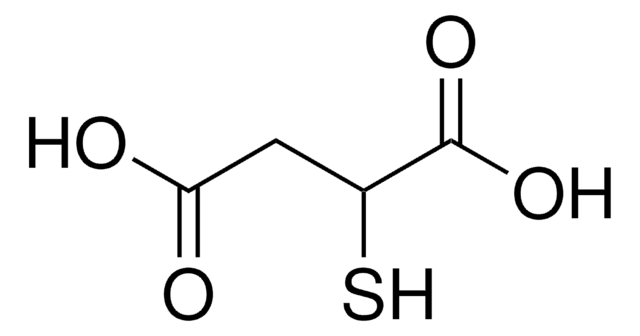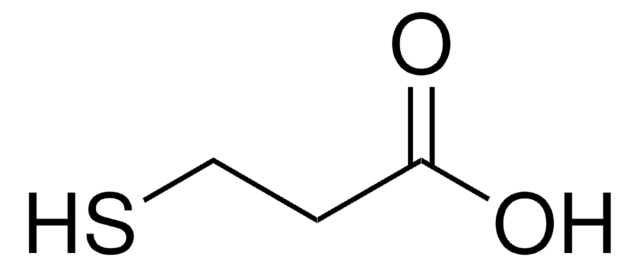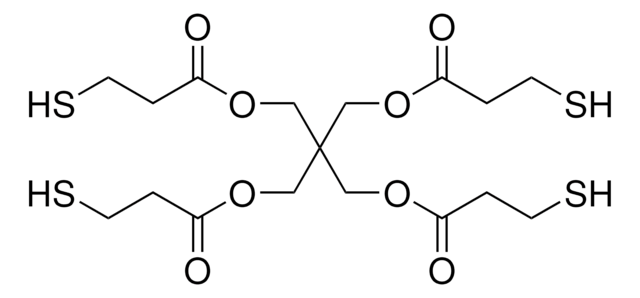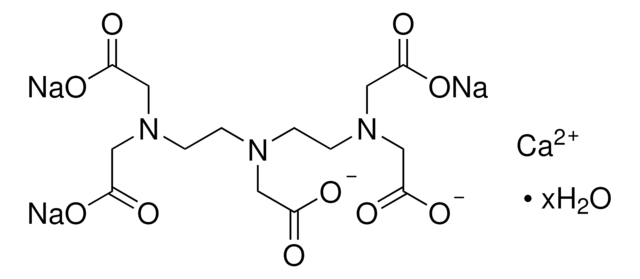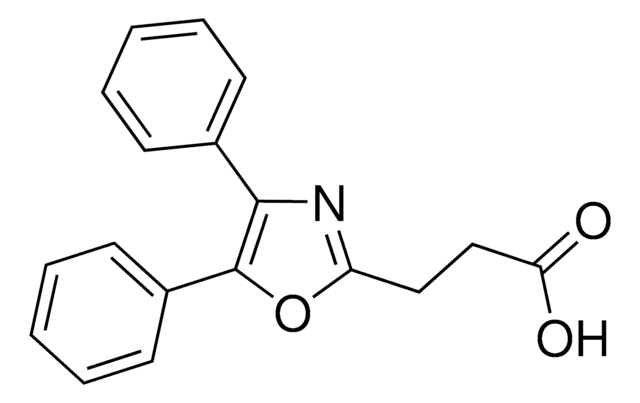D7881
meso-2,3-Dimercaptosuccinic acid
~98%
Synonym(s):
2,3-Dithio-meso-tartaric acid, DIM-SA, DMS, DMSA, Succimer
Sign Into View Organizational & Contract Pricing
All Photos(5)
About This Item
Linear Formula:
HO2CCH(SH)CH(SH)CO2H
CAS Number:
Molecular Weight:
182.22
Beilstein:
1725150
EC Number:
MDL number:
UNSPSC Code:
12352100
PubChem Substance ID:
NACRES:
NA.22
Recommended Products
Assay
~98%
Quality Level
form
powder
mp
196-198 °C (dec.) (lit.)
storage temp.
−20°C
SMILES string
OC(=O)[C@@H](S)[C@@H](S)C(O)=O
InChI
1S/C4H6O4S2/c5-3(6)1(9)2(10)4(7)8/h1-2,9-10H,(H,5,6)(H,7,8)/t1-,2+
InChI key
ACTRVOBWPAIOHC-XIXRPRMCSA-N
Looking for similar products? Visit Product Comparison Guide
Application
meso-2,3-Dimercaptosuccinic acid (DMSA) has been used to form a monolayer on Mg/Ti/Au micromotors to enhance the chelation of toxic heavy metal contaminants (Zn(II), Cd(II) and Pb(II)) from polluted aqueous solutions.
It can be used:
It can be used:
- As a reducing and stabilizing agent to synthesize monolayer-protected gold clusters.
- For terminal carboxylation of the oleylamine coated Fe3O4 nanoparticles, to develop targeted curcumin drug delivery system.
Storage Class Code
11 - Combustible Solids
WGK
WGK 2
Flash Point(F)
Not applicable
Flash Point(C)
Not applicable
Personal Protective Equipment
dust mask type N95 (US), Eyeshields, Gloves
Choose from one of the most recent versions:
Already Own This Product?
Find documentation for the products that you have recently purchased in the Document Library.
Customers Also Viewed
Bo Ae Yun et al.
Annals of laboratory medicine, 38(5), 425-430 (2018-05-26)
Urinary tract infection (UTI) is the most common bacterial infection in infants. Renal parenchymal involvement is an important prognostic factor; however, early detection of parenchymal involvement in UTI may be difficult during infancy. This study aimed to assess whether a
Self-propelled chelation platforms for efficient removal of toxic metals.
Uygun DA, et al.
Environmental science. Nano, 3(3), 559-566 (2016)
Hongyu Qiao et al.
Biomaterials, 112, 336-345 (2016-10-28)
Rupture of vulnerable atherosclerotic plaque is the major pathological cause of luminal thrombosis in acute coronary syndromes. Since foamy macrophages have been identified as a prominent component in vulnerable atherosclerotic lesions and osteopontin (OPN) is reported to be highly expressed
Erdinç Turk et al.
Biological trace element research, 189(1), 95-108 (2018-08-02)
The present study was conducted to investigate the protective effects of hesperidin (HSP) against sodium arsenite (SA)-induced nephrotoxicity and hepatotoxicity in rats. Thirty-five male Sprague Dawley rats were divided into five groups as follows: control, HSP, SA, SA + HSP 100, and
Superparamagnetic Fe3O4 nanoparticles: synthesis by a solvothermal process and functionalization for a magnetic targeted curcumin delivery system.
Qi M, et al.
New. J. Chem., 40(5), 4480-4491 (2016)
Our team of scientists has experience in all areas of research including Life Science, Material Science, Chemical Synthesis, Chromatography, Analytical and many others.
Contact Technical Service
